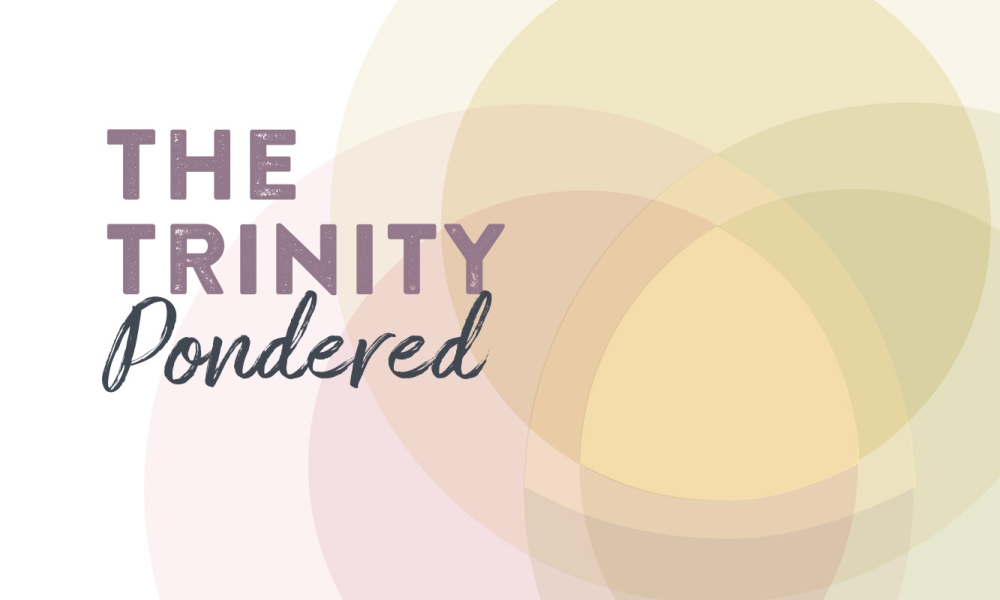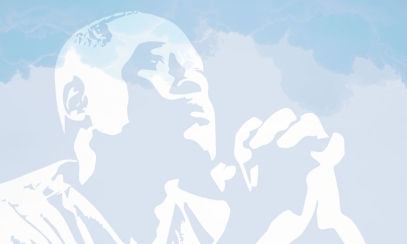
The Trinity Pondered
In Fides et Ratio, St. John Paul II implored us all to use our reason — science, philosophy, theology, etc. — to try to better understand our faith. Well, okay. I’ll give it a shot, and I’m going to go big like St. Augustine and ponder the Trinity!
In Fides et Ratio, St. John Paul II implored us all to use our reason — science, philosophy, theology, etc. — to try to better understand our faith. Well, okay. I’ll give it a shot, and I’m going to go big like St. Augustine and ponder the Trinity!
Three in One
In our earthly existence, many singular entities exist in three forms, and we don’t question them:
- H2O – water, ice, vapor. It is hard to imagine how all of these can be the same basic molecules.
- Plant life – seed, flower and fruit are all forms of the same plant.
- Tree – lumber, paper and ashes are very different, yet alternative, forms of the same tree.
- A man – employee, brother and son, all at the same time.
- A woman – daughter, mother and community leader who can operate like a different person in each of these roles.
If things and people of this world can exist in different forms and as different persons, and we can so readily accept this phenomenon, why do we wrestle with this concept of God as existing in three different persons?
God's Different Persons
God the Father was the first revealed to humanity in the Old Testament as the unimaginable being beyond description, whose name was not even allowed to be uttered.
Jesus was revealed to us in the New Testament, God in bodily, human form, that we could better comprehend.
The Holy Spirit followed from Je-sus, the same God again, in spiritual form — less visible, but observable through his actions among us.
If I might stretch this into an earthly metaphor, it’s again like H2O, where water is the dominant and all important fluid form. It’s kind of hard to wrap our arms around it. H2O’s solid form, ice, is easier to grasp, but then comes that more amorphous form, vapor, which is again hard to get a handle on. Yet all, equally, are H2O.
Father, His Word & Their Spirit
Another possible way of looking at the three persons in one God is that God the Father, wanting to make himself more known, sent us himself, or at least his Word, in the person of his Son. This is similar to what any earthly father does in sending forth a child who, in many ways, represents the father beyond himself.
The Son, the Word made flesh, lived among us until time came for his Ascension, when Jesus went back to the Father.
The Holy Spirit, the love between the Father and Son, was sent to us at Pentecost. The Holy Spirit of Jesus and the Father has remained with us in place of Jesus walking the earth. And, with the Holy Spirit and Christ Jesus in us — in addition to his body in the Eucharist — we walk the earth as his face to the world.
Beyond Words
Is this not a familiar occurrence? Great people are born among us; their bodies leave, and their presence continues to be felt in their various domains and in the actions of those who learned from them. Think of people like St. Teresa of Calcutta, Knute Rockne or Leonardo da Vinci.
All the important people in our lives live on with us spiritually long after their bodies are gone. We feel their presence, make decisions based on what they would have thought or done and we follow their guidance.
It is the same with Jesus. His Holy Spirit lives on in all of us, felt in all the space that surrounds us, influencing our decisions and guiding us. Jesus left his body with us in the Eucharist, so he remains with us in body and spirit, divinely combined in the Mass and in the Mystical Body, the Catholic Church. And the Father who sent them both forever permeates this Holy Trinity.
Thomas Dorsel, Ph.D., is professor emeritus of psychology and a graduate of the University of Notre Dame. He lives on Hilton Head Island with his wife Sue and is a parishioner at St. Francis by the Sea Church. Visit him at dorsel.com.



